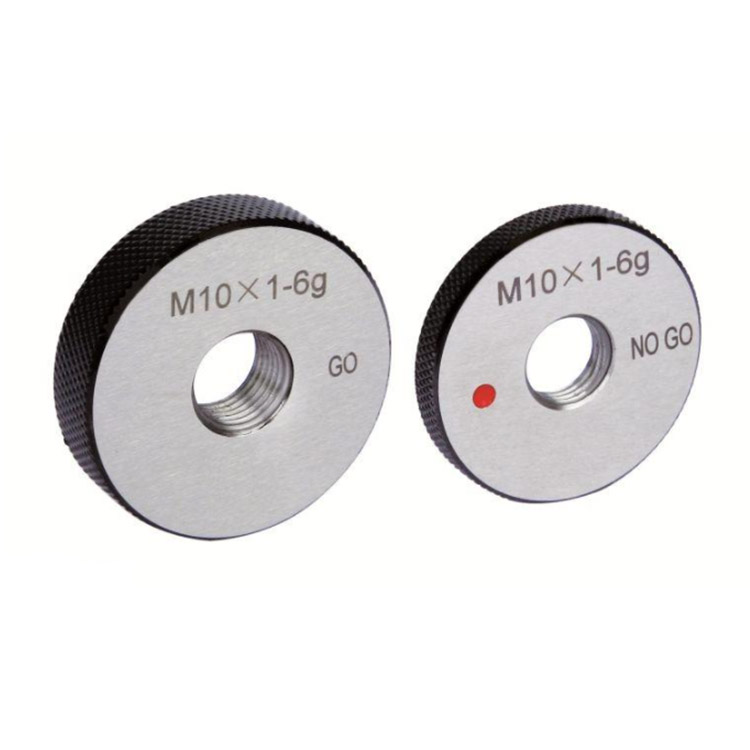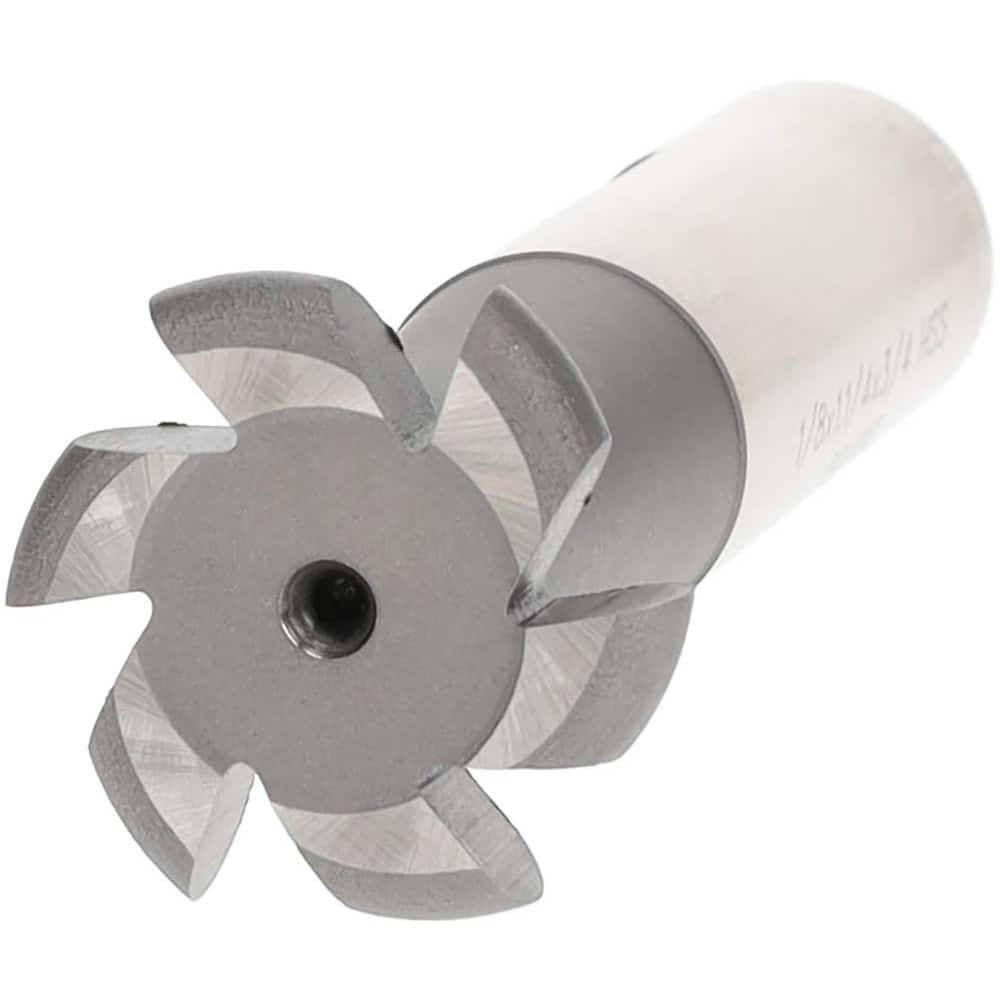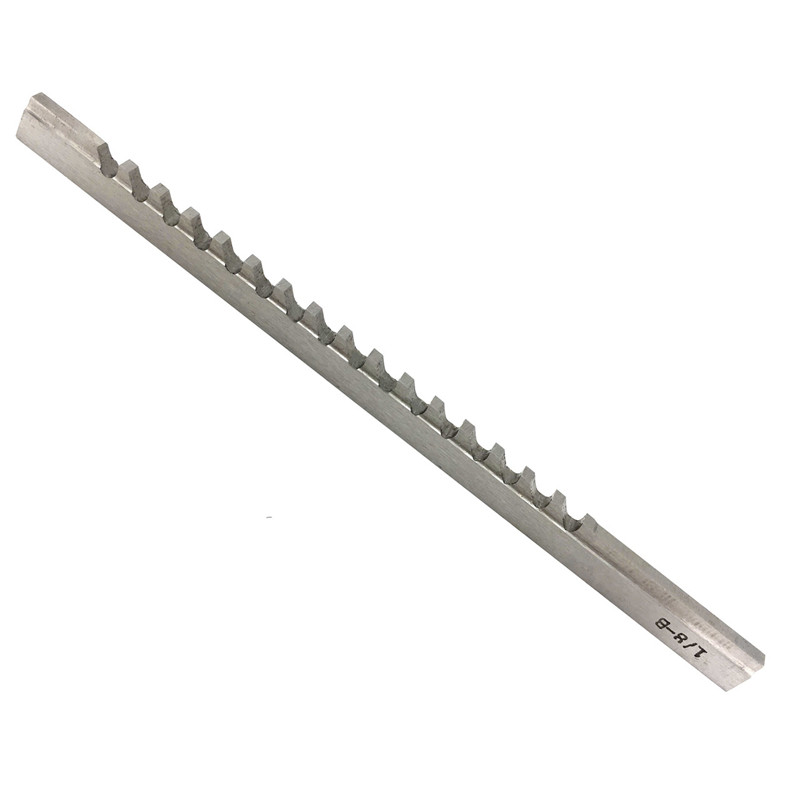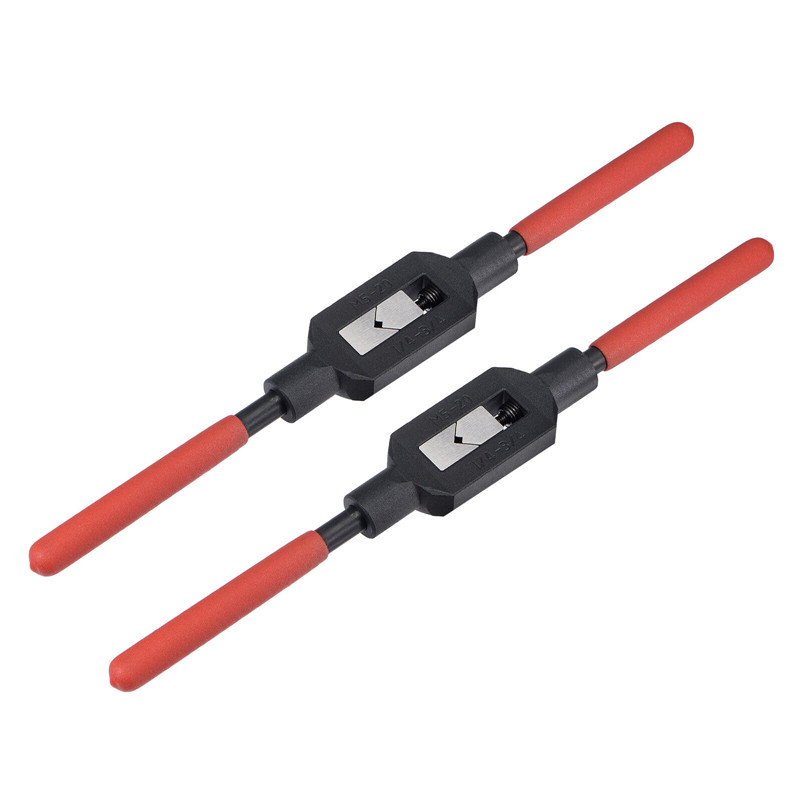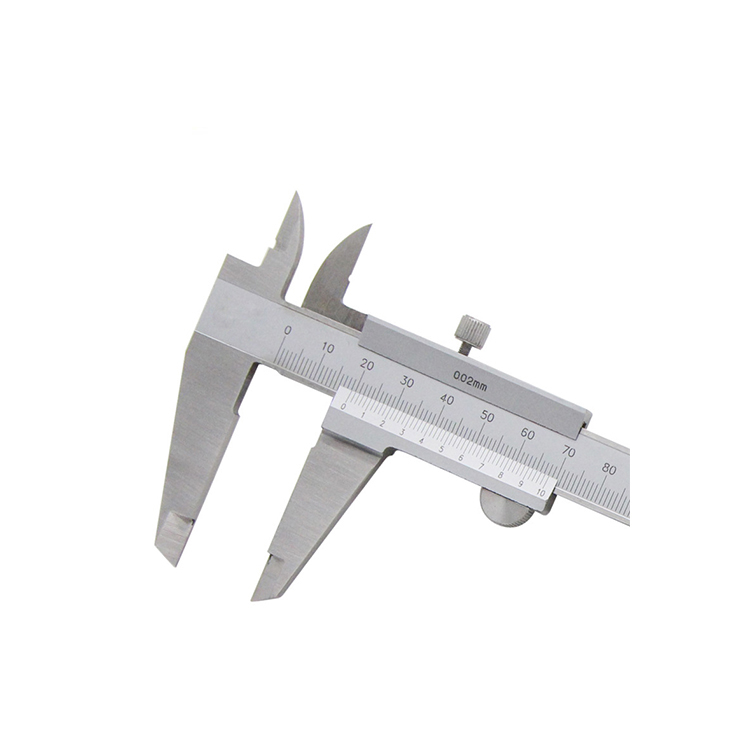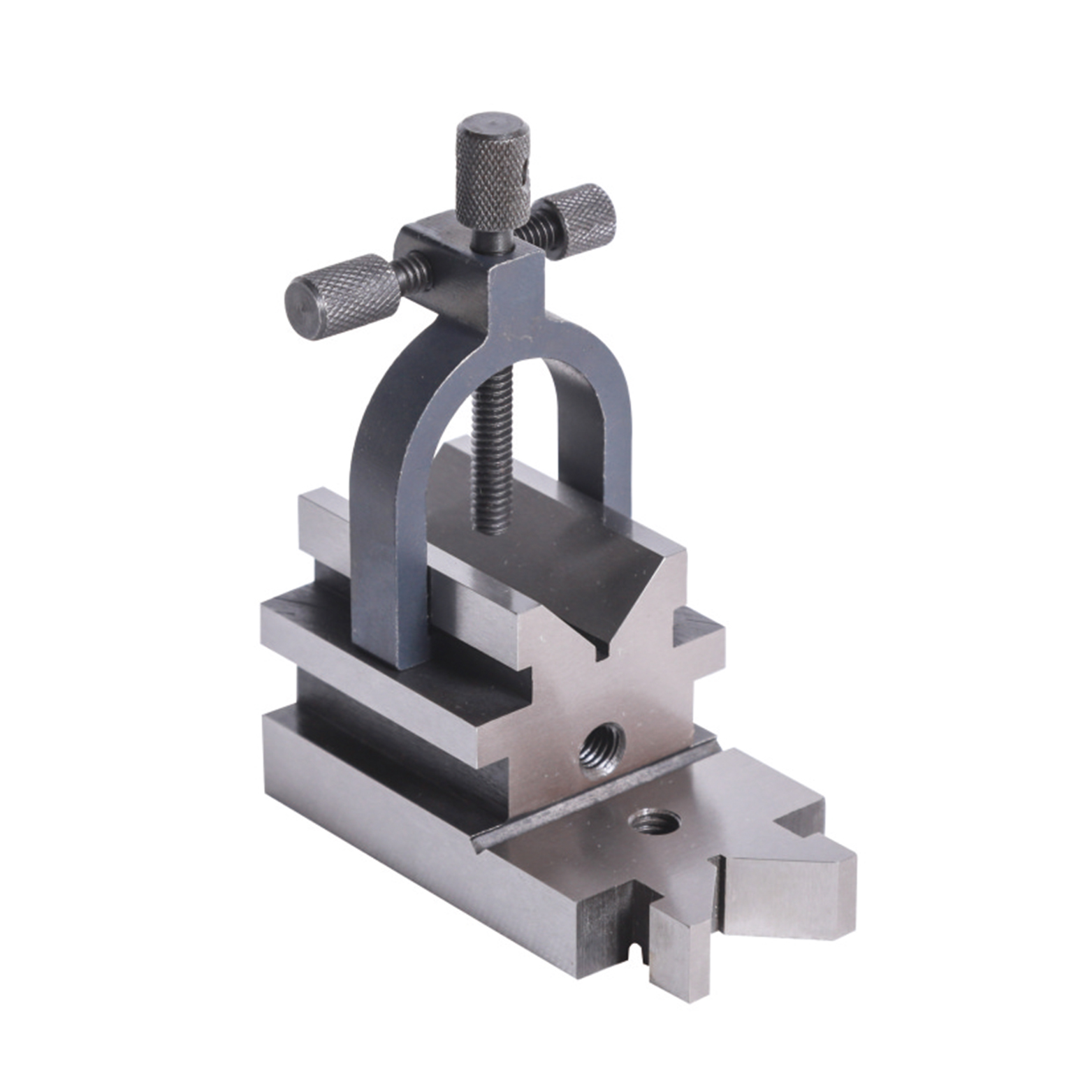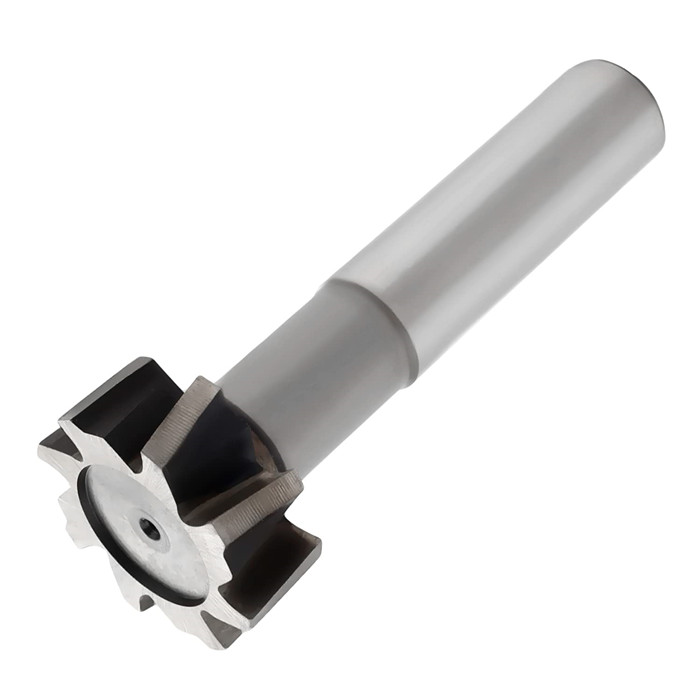Outside Micrometer Factory
An outside micrometer factory specializes in the design, manufacturing, and distribution of precision instruments used for measuring the external dimensions of objects. These factories typically offer a range of micrometers tailored to different industries and applications, ensuring accurate and reliable measurements are achieved. Common types include standard micrometers, digital micrometers, and specialized micrometers for specific materials or features.
Understanding Outside Micrometers
Outside micrometers, also known as external micrometers, are essential tools for quality control, manufacturing, and engineering. They provide precise measurements of an object's outer dimensions, often to within 0.001 inches (or 0.01 mm). The basic principle of operation involves a calibrated screw used to apply pressure to the object being measured. The distance the screw travels is displayed on a graduated scale.
Key Components of an Outside Micrometer
- Frame: The C-shaped body of the micrometer, providing a stable platform for measurements.
- Anvil: The fixed measuring surface.
- Spindle: The movable measuring surface connected to the thimble.
- Thimble: The rotating cylinder that advances the spindle.
- Sleeve (Barrel): The stationary part with the main scale markings.
- Lock Nut: Secures the spindle in place after a measurement is taken.
- Ratchet Stop: Ensures consistent pressure is applied for accurate readings.
Types of Outside Micrometers Offered by Factories
A reputable outside micrometer factory offers a diverse product range to meet varying customer needs. Here are some common types:
- Standard Micrometers: General-purpose micrometers for measuring external dimensions.
- Digital Micrometers: Feature a digital display for easy and precise readings. They often offer features like data output and tolerance settings.
- Blade Micrometers: Designed for measuring narrow grooves or slots.
- Point Micrometers: Used for measuring the web thickness of drills and other pointed objects.
- Tube Micrometers: Specifically designed for measuring the wall thickness of tubes.
- Thread Micrometers: Used to measure the pitch diameter of threads.
Choosing the Right Outside Micrometer Factory
Selecting the right outside micrometer factory is crucial for ensuring the quality and reliability of your measurement tools. Consider these factors:
- Quality Standards: Does the factory adhere to recognized quality standards such as ISO 9001? Look for certifications demonstrating their commitment to quality.
- Manufacturing Capabilities: What materials and manufacturing processes are used? A factory with advanced machining capabilities can produce more accurate and durable micrometers.
- Calibration Services: Does the factory offer calibration services? Regular calibration is essential for maintaining the accuracy of micrometers.
- Customization Options: Can the factory customize micrometers to meet your specific needs? This is important for specialized applications.
- Customer Support: Does the factory provide responsive customer support? A reliable factory will be available to answer your questions and address any issues.
The Manufacturing Process at an Outside Micrometer Factory
The manufacturing process typically involves several stages:
- Material Selection: High-quality materials such as hardened steel or carbide are chosen for their durability and stability.
- Machining: Precision machining techniques are used to create the various components of the micrometer, ensuring tight tolerances.
- Assembly: The components are carefully assembled by skilled technicians.
- Calibration: Each micrometer is calibrated to ensure accuracy. This involves comparing the micrometer's readings against a known standard.
- Quality Control: Rigorous quality control checks are performed to identify and correct any defects.
Benefits of Using High-Quality Outside Micrometers
Investing in high-quality outside micrometers from a reputable factory offers several advantages:
- Accuracy: Precise measurements lead to improved product quality and reduced errors.
- Reliability: Durable construction ensures long-lasting performance.
- Efficiency: Easy-to-read scales and digital displays improve efficiency and reduce the risk of errors.
- Cost Savings: Accurate measurements can reduce material waste and rework, leading to cost savings.
- Compliance: Accurate measurements help ensure compliance with industry standards and regulations.
Example Applications of Outside Micrometers
Outside micrometers are used in a wide range of industries, including:
- Manufacturing: Measuring the dimensions of parts and components.
- Engineering: Verifying the accuracy of designs and prototypes.
- Automotive: Measuring engine components and other critical parts.
- Aerospace: Ensuring the precision of aircraft components.
- Quality Control: Inspecting products for compliance with specifications.
Maintenance and Calibration of Outside Micrometers
To maintain the accuracy and longevity of your outside micrometers, regular maintenance and calibration are essential. Follow these tips:
- Cleanliness: Keep the micrometer clean and free of dirt and debris.
- Lubrication: Apply a light lubricant to the spindle and threads to ensure smooth operation.
- Storage: Store the micrometer in a protective case when not in use.
- Calibration: Calibrate the micrometer regularly, especially if it is used frequently or subjected to harsh conditions. Contact a qualified calibration service or the outside micrometer factory for calibration services.
Finding a Reliable Supplier Through Wayleading Tools
When searching for high-quality outside micrometers, consider suppliers like Wayleading Tools (www.wayleading.com). They often have extensive catalogs and can offer insights into selecting the best tools for your specific needs. Remember to prioritize accuracy, durability, and after-sales support when making your purchase.
Comparing Different Outside Micrometer Models
When choosing between different models, consider factors such as accuracy, range, and features. Here's a comparison of a few popular types:
| Model | Accuracy | Range | Features |
|---|---|---|---|
| Standard Micrometer | 0.001 inch (0.01 mm) | 0-1 inch (0-25 mm) | Ratchet stop, lock nut |
| Digital Micrometer | 0.0001 inch (0.001 mm) | 0-1 inch (0-25 mm) | Digital display, data output, tolerance settings |
| Blade Micrometer | 0.0002 inch (0.002 mm) | 0-1 inch (0-25 mm) | Narrow blades for measuring grooves |
Conclusion
Choosing the right outside micrometer factory and selecting the appropriate micrometer for your application are critical for achieving accurate and reliable measurements. By understanding the different types of micrometers available, considering the factors mentioned above, and prioritizing quality and reliability, you can ensure that you have the tools you need to succeed. Consider exploring options at Wayleading Tools (www.wayleading.com) to find a suitable instrument for your needs.
*Disclaimer: Accuracy specifications are typical values. Always refer to the manufacturer's documentation for precise details.*
Related products
Related products
Best selling products
Best selling products-
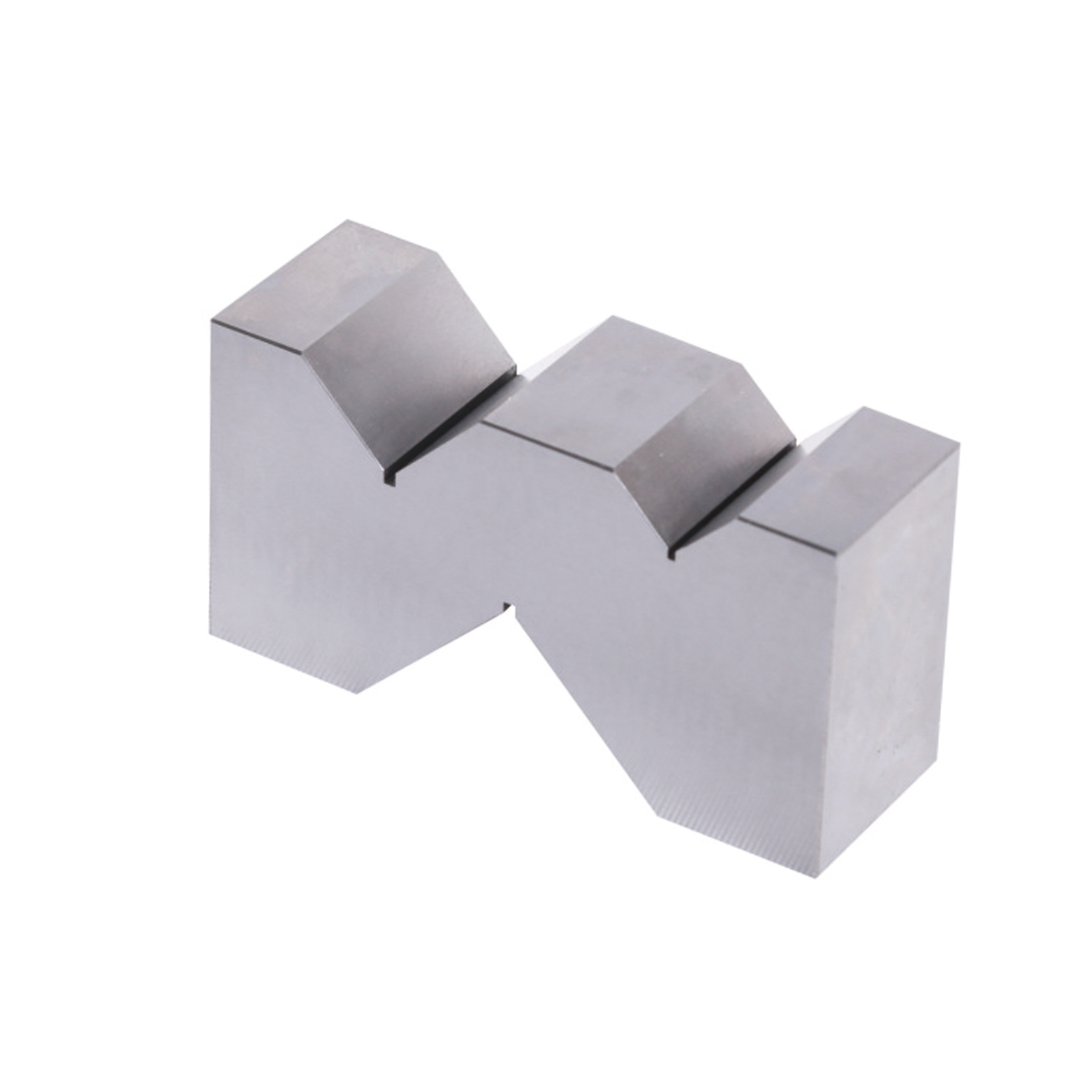 Precision V Block Set With M Type
Precision V Block Set With M Type -
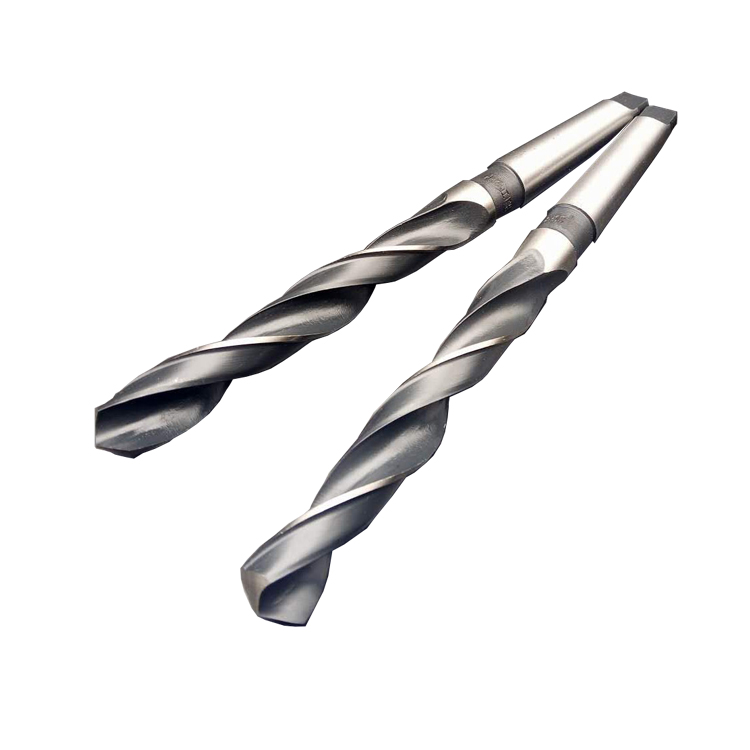 HSS Metric Taper Shank Twit Drills For Metal Cutting Of High Precision
HSS Metric Taper Shank Twit Drills For Metal Cutting Of High Precision -
 HSS Inch Screw Slotting Saws For Industrial With Bright Or TiN Coated
HSS Inch Screw Slotting Saws For Industrial With Bright Or TiN Coated -
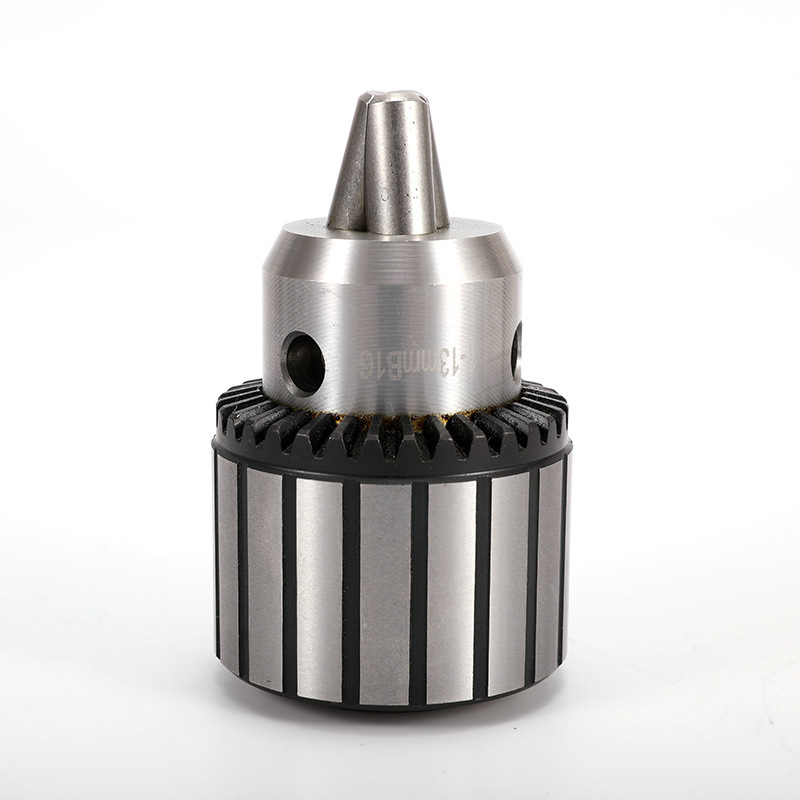 Key Type Drill Chuck With Heavy Duty Type
Key Type Drill Chuck With Heavy Duty Type -
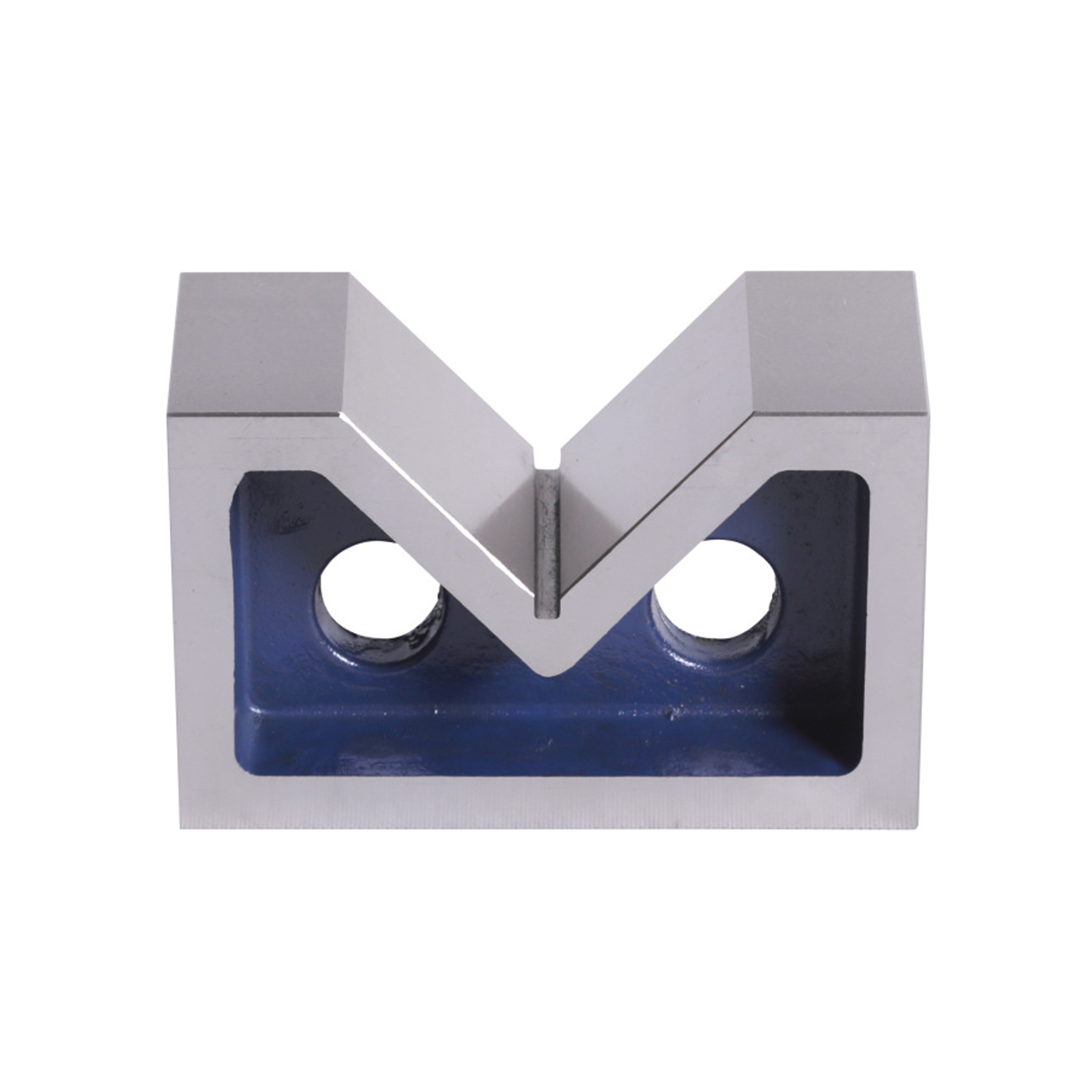 Precision V Block Set With High Quality Type
Precision V Block Set With High Quality Type -
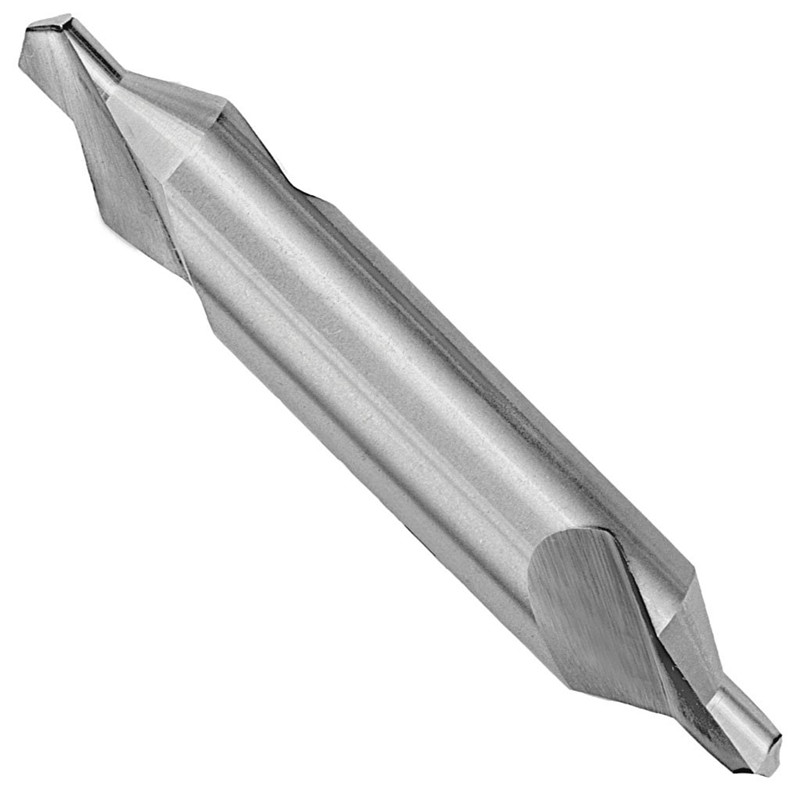 DIN333A HSS Center Drills With Milled & Fully Ground Flute
DIN333A HSS Center Drills With Milled & Fully Ground Flute -
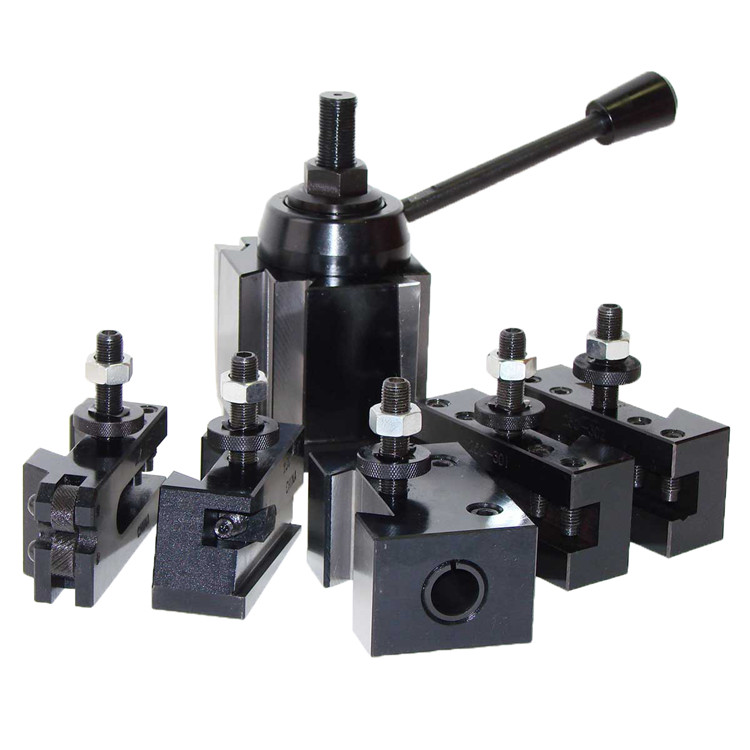 Wedge Type Quick Change Tool Post Set In lathe Machine
Wedge Type Quick Change Tool Post Set In lathe Machine -
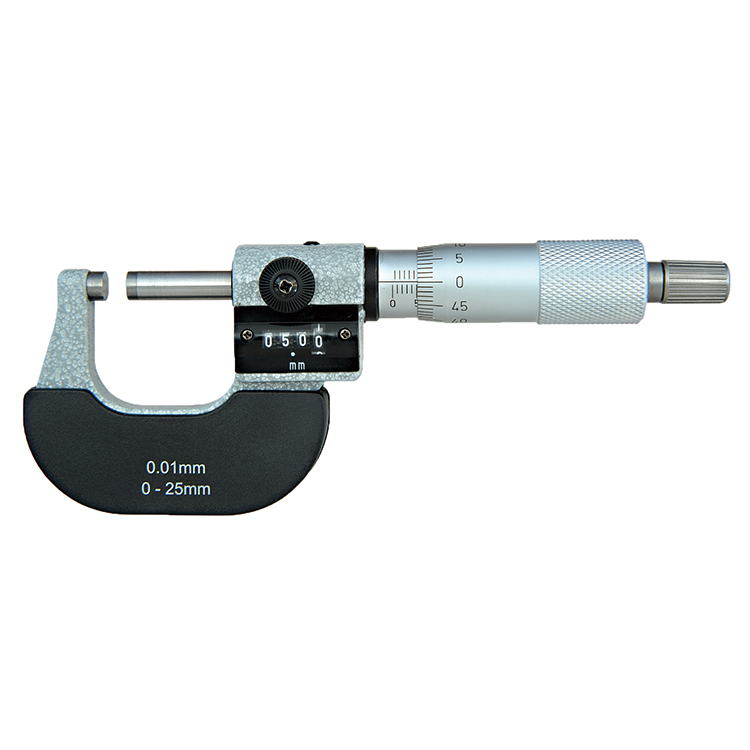 Precision Outside Micrometer With digit Counter Of Inch & Metric With Rachet Stop
Precision Outside Micrometer With digit Counter Of Inch & Metric With Rachet Stop -
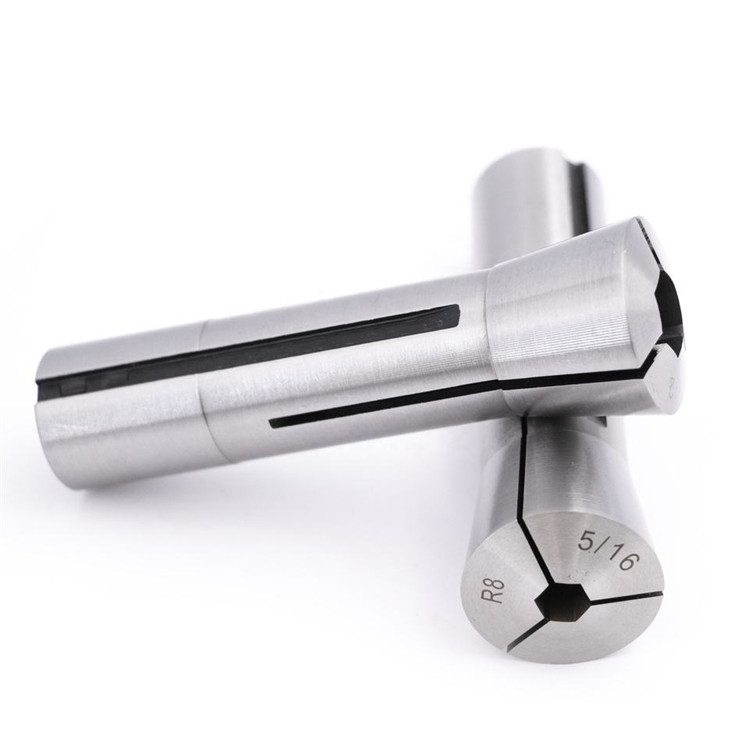 R8 Hex Collet With Inch and Metric Size
R8 Hex Collet With Inch and Metric Size -
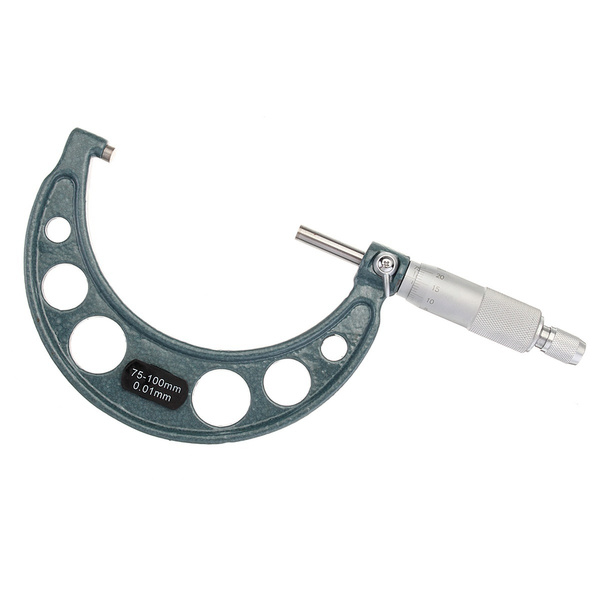 Outside Micrometer Of Premium Industrial Inch & Metric With Rachet Stop
Outside Micrometer Of Premium Industrial Inch & Metric With Rachet Stop -
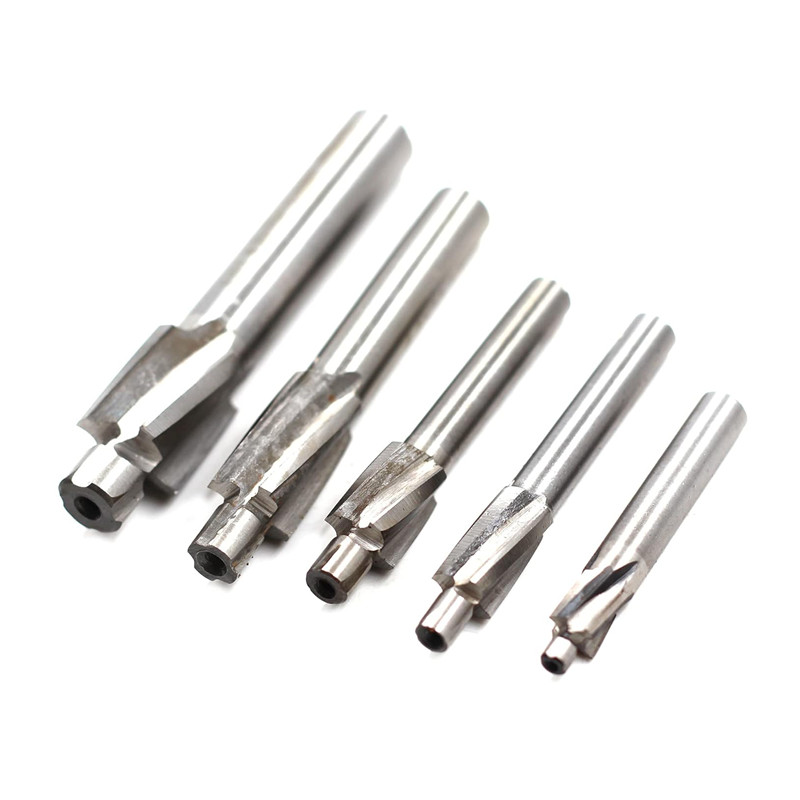 3 Flutes HSS Counterbore Drill Bit With Metric And Inch Size
3 Flutes HSS Counterbore Drill Bit With Metric And Inch Size -
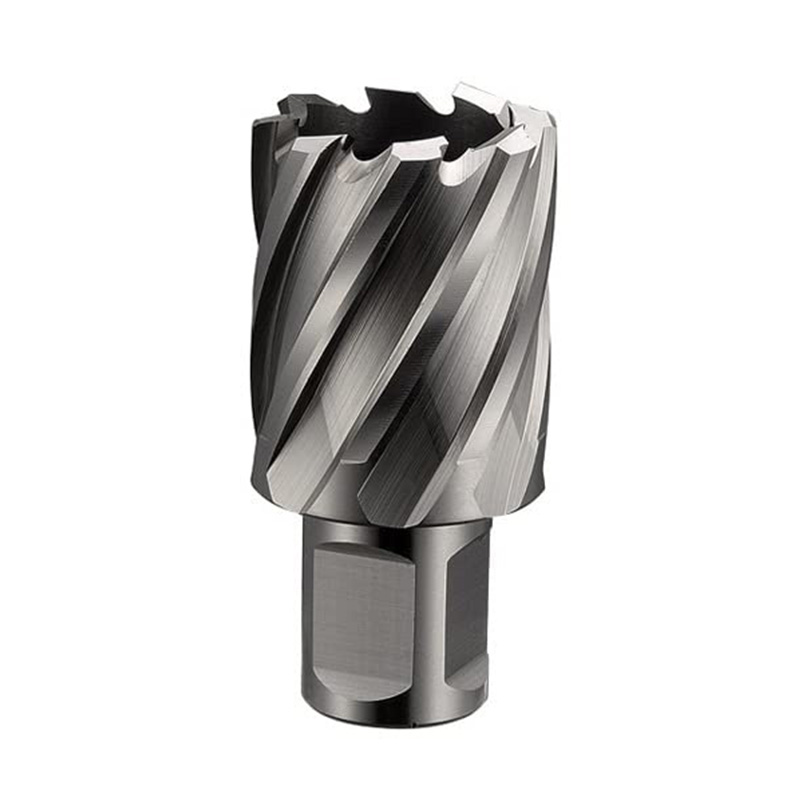 Metric HSS Annular Cutters With Weldon Shank For Metal Cutting
Metric HSS Annular Cutters With Weldon Shank For Metal Cutting
Related search
Related search- concave end mill
- TCGX insert Manufacturers
- Wholesale self-lock cut-off tool set
- expanding lathe arbor Factories
- MSKN boring bar Factories
- SCGX insert Factory
- drill bits Supplier
- High-Quality 4 jaw self centering chuck
- american dryseal taper pipe full profile threading insert Factories
- High-Quality segt insert

